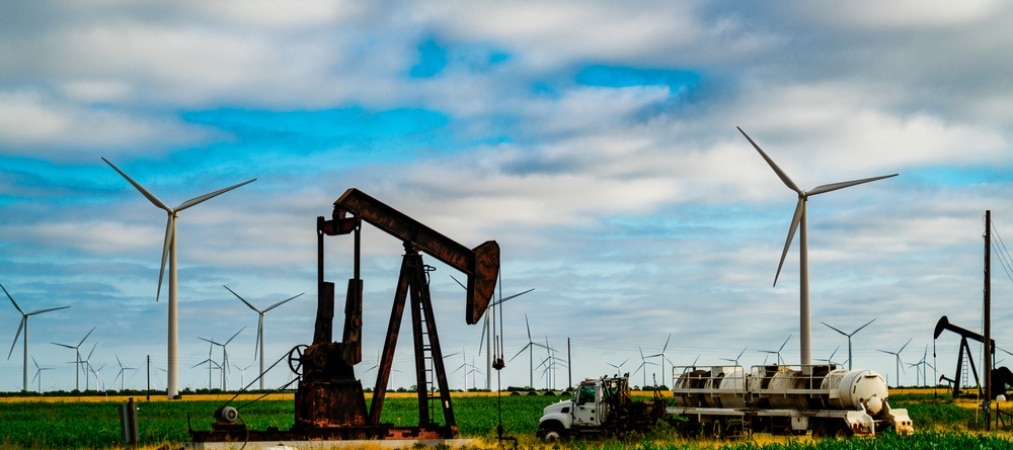In July 2022, the ECB announced that it will update its collateral framework to integrate climate considerations. This announcement echoed the numerous calls to stop giving undue advantage to assets linked to carbon-intensive companies, including those developing new fossil fuel projects. However, this revision risks falling flat if a precautionary approach is not adopted, whereby the activities of companies are considered rather than simply the risks. Ultimately, greening the Eurosystem Collateral Framework requires restricting eligibility (notably with exclusions) and associating the value of eligible assets with carbon intensity of the company (using haircut levels).
Collaterals are an essential feature of the European Central Bank’s (ECB) monetary policy. They are guarantees commercial banks must pledge when borrowing from the central bank in case they become unable to pay back (1). The Eurosystem Collateral Framework (ESCF) defines the rules regarding assets’ eligibility (which assets can be pledged as collateral) and valuation of eligible assets (what discount rate, or haircut, applies to the asset when pledged as collateral, with riskier assets being given a higher discount rate and vice versa).
In July 2022 the European Central Bank announced that it would be reviewing its collateral framework to integrate climate considerations (2). However, this announcement requires concrete measures to tackle the persisting carbon bias.
Ditching the carbon bias for a precautionary approach
Today, the ESCF favors assets emitted by high-carbon companies. This “carbon bias” impacts two interlinked mechanisms: eligibility and haircuts. Firstly, assets from carbon-intensive issuers (including fossil fuel companies) represent a disproportionately high share of eligible assets compared to the contribution of these companies to the EU economy (3). This is because climate risks are not adequately reflected in the risk criteria on which eligibility is based. Secondly, assets from high-carbon companies also tend to benefit from lower haircuts (4). Low haircuts signal to financial markets that these assets are low risk, and hence they become more attractive to banks compared to assets from other, potentially less polluting, companies.
Despite the ongoing revision of the collateral framework, strong criteria against carbon-intensive companies are unlikely to be implemented, partly due to the risk-focused approach adopted which fails to factor in longer-term and complex risks. The risk approach is inherently flawed as quantifying such risks is inaccurate and usually favors avoiding short-term market disruption at the expense of longer-term, potentially catastrophic, and irreversible climate risks (6). Therefore, a precautionary approach which focuses on climate performance and activities of those issuing collaterals is warranted.
Restricting eligibility and increasing haircuts
In practice, addressing the carbon bias implies changing the rules defining which collaterals are eligible and how collaterals are valued (I.e., their haircut). Historically, the list of eligible assets counts several assets from carbon intensive companies, including companies which continue to develop fossil fuel projects against experts’ recommendations (7). The ECB announced its intention to limit the share of assets issued by entities with “a high carbon footprint” that can be pledged as collateral by the end of 2024. However, there is much uncertainty on what will define ‘high carbon footprint’ and whether the limit will lead to de facto exclusions of assets linked to companies which activities are always harmful (8).
Furthermore, despite the July 2022 announcement that it would consider the climate when valuing eligible collaterals, the ECB returned the valuation of haircuts to the pre-pandemic level without any adjustment in December 2022 (9). To offer an accurate depiction of the issuer’s climate impact, the ECB should consider (a) the company’s climate metrics (i.e., greenhouse gas emissions), and (b) whether the company engages in carbon-intensive activities.
Both restricting eligibility and adjusting haircuts on climate-related considerations could take place without impairing the ECB’s ability to provide credit to banks. Moreover, it would send a strong signal to the markets that assets from fossil fuel and other carbon intensive companies are not as valuable as they once were. Consequently, the ECB should enact strong policies to tackle the carbon bias in its collateral framework by excluding assets from fossil fuel developers and devaluing assets from carbon intensive companies.



